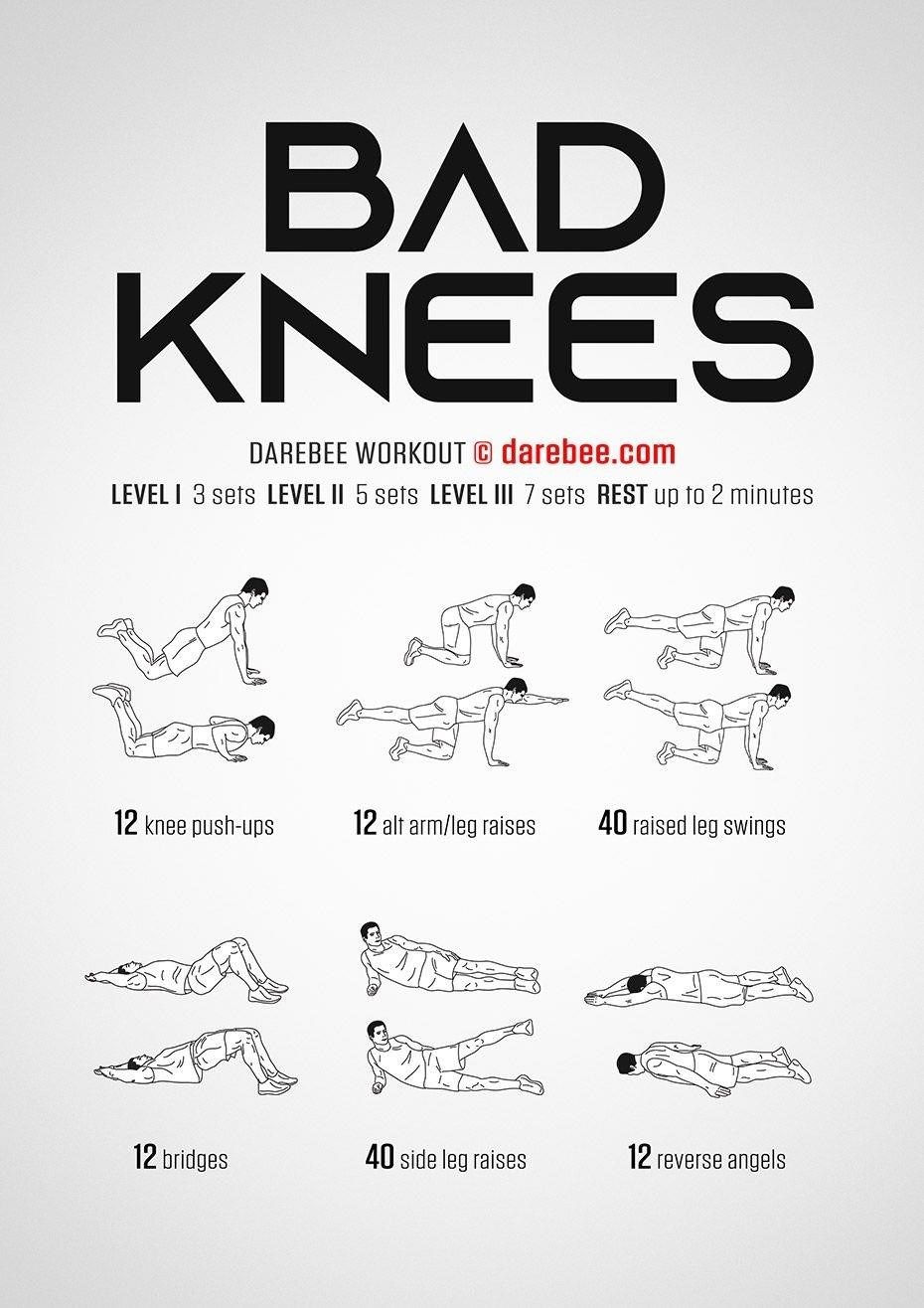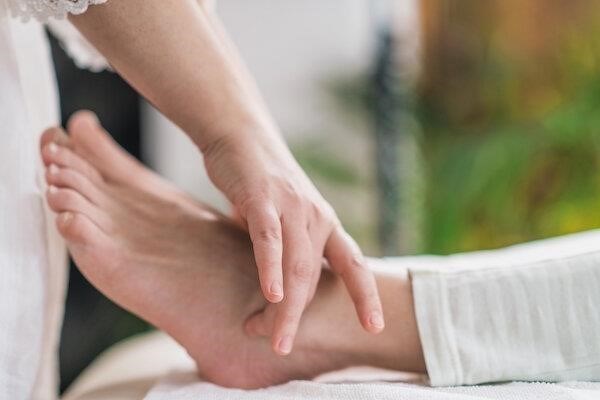Peroneal Tendonitis⁚ Understanding the Condition
Peroneal tendonitis, an inflammation of the tendons on the outer side of the ankle, often results from overuse, causing pain and discomfort. Early diagnosis and appropriate treatment, including rest and targeted exercises, are crucial for recovery and preventing recurrence. Ignoring symptoms can lead to chronic issues.
Causes and Symptoms
Peroneal tendonitis stems from overuse, common among athletes engaging in repetitive ankle or foot movements like running or jumping. Activities involving sudden changes in direction or increased force through the tendons can also contribute. Symptoms typically include pain along the outer ankle, often worsening with activity and improving with rest. Swelling, tenderness to the touch, and a feeling of snapping or popping may also be present; In severe cases, the pain can radiate down the leg and limit mobility. Early identification of symptoms is critical for effective management. Chronic ankle instability frequently accompanies peroneal tendon issues, potentially exacerbating the condition. Accurate diagnosis is key for targeted treatment and rehabilitation.
Diagnosis and Treatment Options
Diagnosis involves a physical examination assessing range of motion, tenderness, and palpation of the affected tendons. Imaging techniques like X-rays may rule out fractures or other issues, while ultrasound or MRI scans can visualize tendon damage. Treatment often begins conservatively with the RICE protocol (rest, ice, compression, elevation) to reduce inflammation and pain. Over-the-counter anti-inflammatory medications like ibuprofen can help manage discomfort. Physical therapy plays a vital role, incorporating specific exercises to strengthen the peroneal muscles and improve flexibility. In some cases, bracing or immobilization may be necessary to support the ankle and allow the tendons to heal. Corticosteroid injections might be considered for severe inflammation, but this is typically a short-term solution. Surgical intervention is rarely required, usually only for cases unresponsive to conservative management.
Effective Exercises for Peroneal Tendonitis
Targeted exercises are crucial for peroneal tendonitis recovery. These exercises strengthen the peroneal muscles, improve ankle stability, and increase flexibility, aiding in pain reduction and preventing recurrence. Gentle progression is key.
Heel Raises⁚ A Fundamental Exercise
Heel raises are a foundational exercise for strengthening the peroneal tendons and muscles. Begin by standing with your feet hip-width apart, holding onto a chair or counter for balance if needed. Slowly raise up onto your toes, engaging your calf muscles and feeling the stretch in your ankles. Hold this position for a few seconds, then slowly lower back down. Repeat this exercise 10-15 times, performing 2-3 sets throughout the day. As you gain strength, you can progress by performing this exercise on one leg at a time, further challenging balance and stability. Remember to listen to your body and stop if you experience any pain. Consistent practice helps improve ankle strength, promoting healing and injury prevention. This simple exercise provides excellent support for peroneal tendon recovery, making it an effective component of any rehabilitation program. Proper form is crucial to maximize benefits and minimize risk of further injury. Always consult a physical therapist for personalized guidance and modifications.
Toe Raises⁚ Strengthening the Peroneal Muscles
Toe raises offer a targeted approach to strengthening the peroneal muscles, crucial for ankle stability and peroneal tendon health. Start by standing with feet shoulder-width apart, lightly holding onto a stable surface for balance. Slowly lift onto the balls of your feet, focusing on engaging the muscles on the outer side of your ankles. Hold this position briefly, feeling the contraction in your peroneal muscles. Then, gradually lower yourself back to the starting position. Repeat this movement 10-15 times, aiming for 2-3 sets daily. To increase the challenge, try performing this exercise on an unstable surface, such as a balance board, to further enhance proprioception and muscle engagement; Remember to maintain proper form and avoid any movements that cause pain. Regular toe raises, when incorporated into a comprehensive rehabilitation plan, contribute significantly to improved ankle strength and reduced risk of peroneal tendonitis recurrence. Always consult with a healthcare professional for personalized guidance.
Towel Stretch⁚ Improving Flexibility and Range of Motion
The towel stretch effectively targets the peroneal muscles, enhancing flexibility and range of motion, crucial for alleviating peroneal tendonitis symptoms. Begin by sitting on the floor with your legs extended. Loop a towel around the balls of your feet, holding each end firmly. Gently pull the towel, drawing your feet towards your body, feeling a stretch along the outer side of your ankles and lower legs. Maintain this stretch for 15-20 seconds, breathing deeply to promote relaxation. Repeat this stretch 2-3 times, focusing on controlled movements and avoiding any sudden pulls. As your flexibility improves, you can gradually increase the intensity of the stretch by pulling the towel further. This exercise helps to lengthen the tightened peroneal tendons, improving their elasticity and reducing the risk of future inflammation. The towel stretch, when combined with other exercises and therapies, plays a vital role in the overall recovery process from peroneal tendonitis. Remember to listen to your body and stop if you experience any discomfort.

Advanced Exercises and Rehabilitation
Progressing to advanced exercises strengthens peroneal muscles and improves balance, crucial steps in peroneal tendonitis rehabilitation. These exercises challenge stability and proprioception, aiding in full recovery and preventing future injuries.
Calf Wall Stretch⁚ Targeting the Calf Muscles
The calf wall stretch is a valuable exercise in peroneal tendonitis rehabilitation, focusing on improving flexibility in the calf muscles, which are closely connected to the peroneal tendons. This stretch helps alleviate tension and improve range of motion in the ankle joint, reducing strain on the peroneal tendons. To perform the calf wall stretch, stand facing a wall, placing your hands on the wall for support. Step back with your injured leg, keeping your toes pointed forward. Lean gently into the wall until you feel a stretch in your calf muscle. Hold this position for 15-30 seconds and repeat 2-3 times. Remember to breathe deeply and avoid bouncing. This stretch should be performed gently to avoid further irritation. It’s important to listen to your body and stop if you feel any sharp pain. Regular performance of this stretch, along with other exercises, can contribute significantly to your recovery from peroneal tendonitis. Consistent stretching helps improve blood flow to the affected area, promoting healing and reducing inflammation. Gradually increase the duration and intensity of the stretch as your ankle flexibility improves.
Hamstring Stretch⁚ Enhancing Overall Leg Flexibility
Tight hamstrings can indirectly affect the peroneal tendons by altering lower leg mechanics and potentially increasing strain on the ankle. Improving hamstring flexibility is therefore a crucial component of comprehensive peroneal tendonitis rehabilitation. A simple and effective hamstring stretch involves sitting on the floor with your legs extended. Reach towards your toes, keeping your back straight, and hold the stretch for 15-30 seconds. Repeat this several times, aiming for a gentle stretch without pain. Another variation is the doorway hamstring stretch. Sit on the floor near a doorway, extending one leg through the doorway. Lie down, extending the other leg along the floor. Gently slide your extended leg up the wall, feeling a stretch in the back of your thigh. Hold for 15-30 seconds and repeat. Remember that consistency is key. Regular hamstring stretching improves overall leg flexibility, promoting better balance and reducing the risk of re-injury. Focus on controlled movements and avoid bouncing. This stretch promotes relaxation of the muscles and increases the range of motion in the posterior chain, ultimately lessening stress on the ankle and peroneal tendons.
Single-Leg Exercises⁚ Improving Balance and Proprioception
Single-leg exercises are crucial in peroneal tendonitis rehabilitation because they challenge balance and proprioception – the body’s awareness of its position in space. Improved proprioception is essential for stabilizing the ankle joint and reducing the risk of re-injury. Start with simple exercises like single-leg stances, holding onto a chair or wall for support if needed. Gradually increase the duration of each stance as balance improves. Progress to more challenging exercises such as single-leg heel raises, focusing on controlled movements and maintaining a stable posture. These exercises strengthen the peroneal muscles and improve ankle stability, contributing to better control and reducing strain on the tendons. Incorporate single-leg hops and jumps once sufficient strength and balance are achieved, gradually increasing the height and distance of the jumps. Remember to listen to your body; stop if you feel pain. Consistent practice of single-leg exercises enhances ankle stability, reduces the risk of future injuries, and improves overall lower limb function. The improved proprioception gained from these exercises helps to optimize the performance of the peroneal tendons during daily activities.

Preventing Peroneal Tendonitis Recurrence
Consistent, gentle stretching and strengthening exercises, alongside adequate rest and avoiding activities that aggravate the condition, are key to preventing peroneal tendonitis recurrence. Proper footwear and gradual activity increases are also vital.
Importance of Rest and Recovery
Avoiding Precipitating Activities
Identifying and avoiding activities that trigger or worsen peroneal tendonitis is crucial for preventing recurrence. High-impact activities like running, jumping, and rapid changes in direction often place significant stress on the peroneal tendons, increasing the risk of inflammation. Similarly, prolonged standing or walking on uneven surfaces can exacerbate the condition. Sports involving repetitive ankle movements, such as tennis or basketball, should be approached cautiously, perhaps with modified participation or alternative exercises. Consider using supportive footwear with adequate cushioning to reduce stress on the ankles. If your work involves prolonged standing or repetitive foot movements, explore ways to modify your work environment or take regular breaks to reduce strain. A proactive approach to identifying and managing these risk factors is essential for long-term management of peroneal tendonitis.